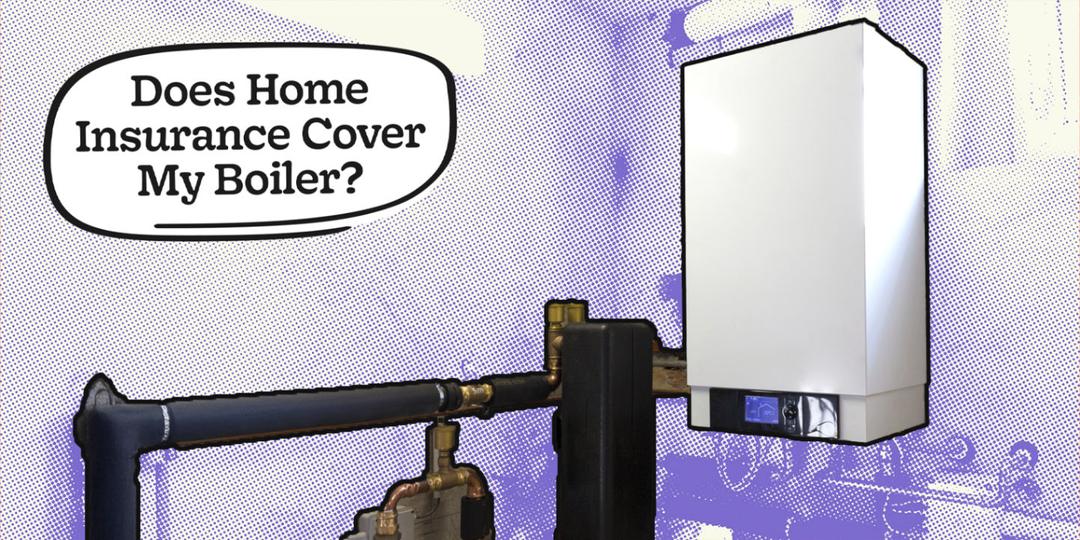Where you install your thermostat isn’t just a matter of convenience - it has a real impact on how well it works, how comfortable your home feels, and how much you pay in energy bills.
Get it right, and your system runs smarter; get it wrong, and you’ll be fighting false readings, inefficiencies, and fluctuations.
In this guide, we’ll walk you through why location matters, what to avoid, and where your thermostat should go.
Let’s dive in…
Why Location Matters (More Than You Think)
There are two big reasons choosing the right spot for your thermostat is crucial:
Accurate temperature sensing. Your thermostat needs to “see” the real ambient temperature - not artificial heat or cold from nearby sources.
Reliable communication & efficiency. It has to talk to your boiler (or heating system) without signal interference, and trigger it in a way that maximises performance, not waste.
A poor location can lead to misreads (so the boiler overworks or underworks), erratic behaviour, or even failure of wireless communication in modern systems.
Where To Place It: Best Practices & Rules of Thumb
With the “what to avoid” out of the way, here’s where your thermostat should go:
1. Interior, Central Wall
Choose an interior wall (not external) toward the centre of your home or a main living space. That helps it reflect an average, balanced temperature rather than extremes.
2. Roughly 1.5 m (About 5 ft) Above Floor
Mounting it at about 5 ft (≈1.5 m) is widely accepted as ideal: you avoid the ceiling’s heat and the cool floor drafts.
Some underfloor-heating guides suggest slightly lower (≈1.2 m) when accessibility or compliance for disabled access is needed.
3. In a Frequently Used Room, Preferably Downstairs
Pick a room you use regularly (living room, family room).
Because heat rises, upstairs rooms tend to run warmer - placing the thermostat upstairs may cause early shut-off (thinking the whole house is warm) while downstairs stays chilly.
If you do place it upstairs, ensure it isn’t influenced by bedroom heat or soffit/roof gains.
4. Away From Disturbing Objects
Give the thermostat breathing room - don’t obscure it with furniture, curtains, or décor that block airflow.
5. For Smart / Wireless Thermostats: WiFi / Signal Considerations
Must be within reliable distance to the WiFi router or hub.
Keep the receiver (if separate) at least 1 metre from heavy electronics or metal objects to avoid interference.
Avoid placing it inside closed cavities or behind large metallic structures.Ensuring Your Thermostat Works and Communicates With Your Boiler
Maximising Efficiency with A Suitable Location
If your thermostat’s in the wrong spot, your heating system could be working overtime - and your wallet will feel it.
A misplaced thermostat can misread the temperature, sending your boiler into overdrive or making it ease off when it shouldn’t.
The result? Rooms that never feel quite right and energy bills that creep higher than they should.
Get the placement right, though, and your system runs like a dream - steady, efficient, and cost-saving.
The right location keeps your home comfortable, your boiler happy, and your energy bills under control.
Related thermostat guides:
A Convenient Location
Lastly, you’ll of course want to ideally find a convenient spot to install your thermostat. This should be a location that is easy to access.
You’ll probably find yourself locating the thermostat in a room that you frequently use such as the living room.
However, while convenience is important, it’s still essential that you choose a location that meets all the requirements laid out in the manufacturer’s instructions (e.g., a spot that avoids interferences and one that is within sufficient proximity of the receiver).
As for efficiency and convenience, there is more choice here in terms of what you want to prioritise.
With a bit of luck, you’ll find a location that meets all installation requirements, is efficient and offers convenience.
However, some level of trade-off between efficiency and convenience may be required.
All in all, ensuring that your thermostat is located in the right place can avoid a range of issues in the short- and long-term, while also keeping your heating bills down.





